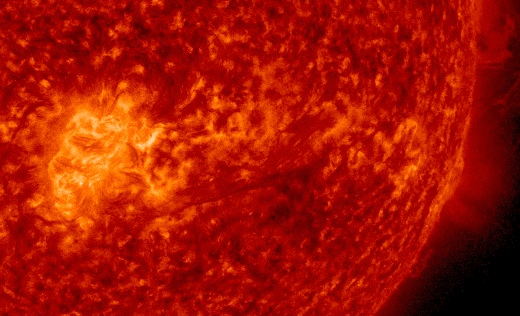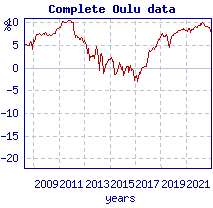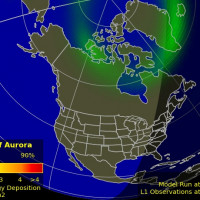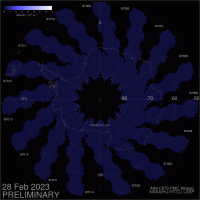GEOMAGNETIC STORM WATCH (G1-CLASS): A minor geomagnetic storm is possible this week in response to a pair of approaching CMEs. The first CME, launched by an M4-class flare from departing sunspot AR2975, could graze Earth's magnetic field on April 6th. The second CME, flung away from the sun by an exploding filament of magnetism (described below), might deliver a glancing blow on April 7th. Their combined effect could produce G1-class storming. Aurora alerts: SMS Text
A 'CANYON OF FIRE' JUST OPENED ON THE SUN: Yesterday, April 3rd, a filament of magnetism whipsawed out of the sun's atmosphere. On the way out it carved a gigantic canyon of fire. NASA's Solar Dynamics Observatory recorded the eruption:
The glowing walls of the canyon are at least 20,000 km high and 10 times as long. They trace the channel where the filament (R.I.P.) was previously suspended by magnetic forces inside the sun's atmosphere.
A coronal mass ejection (CME) has since emerged from the blast site. Here it is. The expanding cloud will probably sideswipe Earth's magnetic field on April 7th. Solar flare alerts: SMS Text
 speed: 470.1 km/sec density: 5.2 protons/cm3 more data: ACE, DSCOVR Updated: Today at 1029 UT 6-hr max: C3 0745 UT Apr04 24-hr: C6 1309 UT Apr03 explanation | more data Updated: Today at: 1035 UT 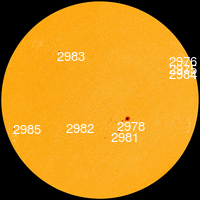 Expand: labels | no labels Sunspot number: 129 The Radio Sun Cosmic Rays Solar Cycle 25 is beginning, and this is reflected in the number of cosmic rays entering Earth's atmosphere. Neutron counts from the University of Oulu's Sodankyla Geophysical Observatory show that cosmic rays reaching Earth are slowly declining--a result of the yin-yang relationship between the solar cycle and cosmic rays.
Credit: NOAA/Ovation Now: Kp= 3 quiet 24-hr max: Kp= 4 unsettled explanation | more data Btotal: 5.0 nT Bz: -1.2 nT south more data: ACE, DSCOVR Updated: Today at 1030 UT 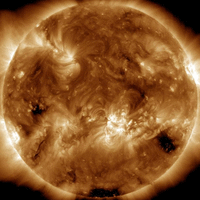 Earth is entering a stream of solar wind flowing from the indicated coronal hole. Credit: SDO/AIA The southern season for noctilucent clouds is over. It ended on Feb. 20, 2022, concluding the weakest NLC season in 14 years. The northern season will begin in late May..
Probabilities for significant disturbances in Earth's magnetic field are given for three activity levels: active, minor storm, severe storm
|
![]()
